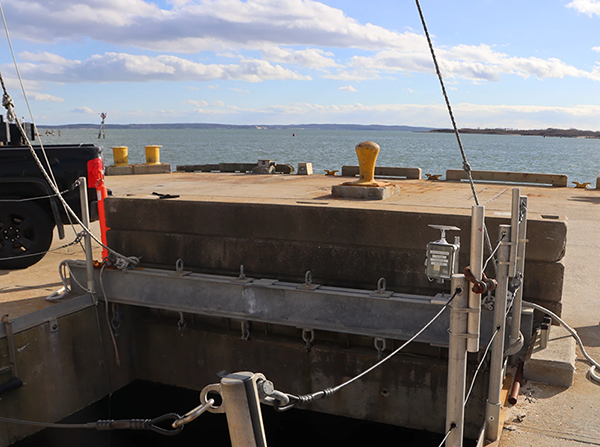Sea levels in the northeastern United States, including Cape Cod, are expected to rise by about two to three inches between 2022 and 2023.
This rate of rise is about 10 times faster than the background rate of sea level rise over the past 30 years, meaning that the rate of sea level rise is accelerating.
That’s according to Chris Peach, an associate scientist at the Woods Hole Oceanographic Institution.
New water level sensors will provide towns with localised data that could be used to mitigate flood risk. And new equipment has been deployed at their Woods Hole Pier and Chatham Fish Pier.
Associate scientist Sarah Das says the sensors will empower coastal communities.
By using off-the-shelf components, it is made very simple, thus keeping the cost of water level sensors low. The sensors are simply used to measure the distance to the water surface and then send that information back to the clouds. That’s all it does.
Picech said the federal network monitors sea level rise for only a small portion of the state’s coastline.
Researchers have good measurements of sea level rise, he said, but they don’t have as much data on coastal flooding events.
Driving around Falmouth over the past few months, we’ve learned that one neighborhood can be flooded and another not, that part of the street is flooded but that part is not. You get all these really fine details that aren’t really captured by the current network of tide gauges, and the water level sensors will help towns understand where, why and how flooding happens.
We talk a lot about climate change and sea level rise, but the place where sea level rise really affects people, infrastructure, economies and everything in communities is where coastal flooding happens.
We can provide a variety of parameter sensors for your reference, welcome to consult
https://hondetec.en.alibaba.com/index.html?spm=a2700.wholesale.0.0.6c73231cNfMYxg&from=detail&productId=1600972125634
Post time: May-22-2024

